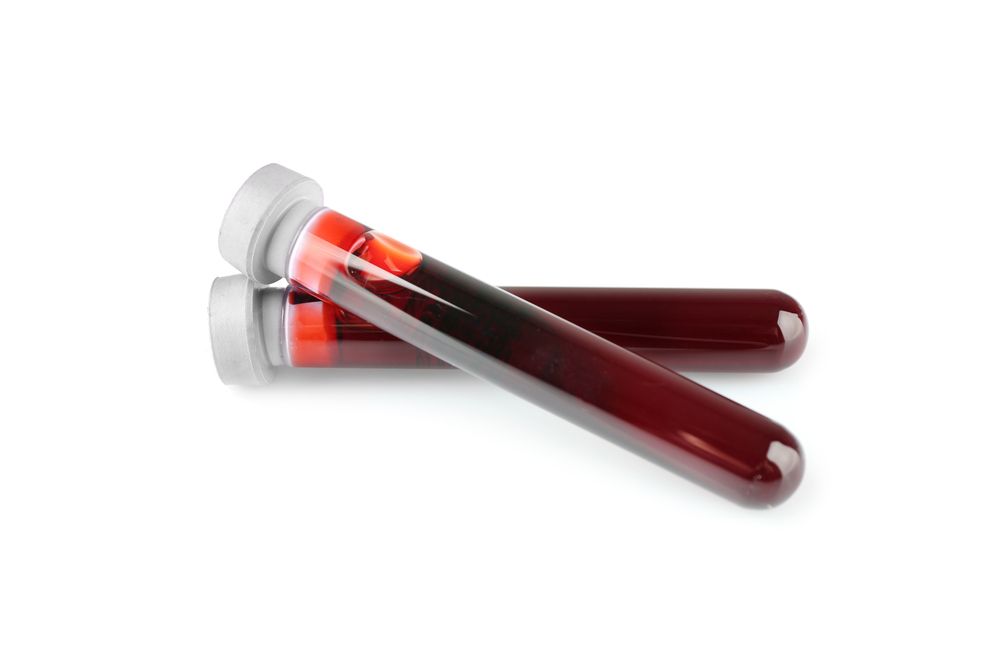New, Modified Blood Test May Help Identify Complement Dysregulation in aHUS, Other TMAs, Study Suggests

A newly developed blood test is able to rapidly identify complement system dysregulation in people with conditions related to thrombotic microangiopathies (TMAs) — including atypical hemolytic uremic syndrome (aHUS) — as well as monitor aHUS patients’ responses to Soliris (eculizumab) treatment, researchers said.
The test, a modified version of a previously developed blood test, can also identify pregnancy-associated complications and will be a new tool for clinicians to use in designing treatment plans for other TMA-associated diseases, the investigators said.
A study evaluating this new test, titled “Complement Activation and Thrombotic Microangiopathies,” was published in the Clinical Journal of American Society of Nephrology.
TMA is a group of rare disorders characterized by hemolytic anemia — the destruction of red blood cells — low levels of platelets, and the formation of blood clots in small blood vessels that can lead to organ damage.
aHUS is a type of TMA that results from an abnormal activation of the complement system, a set of more than 50 blood proteins that contribute to the body’s natural immune defenses.
Increasing evidence suggests that complement dysregulation may be behind other TMA-associated diseases, including severe and life-threatening hypertension (malignant hypertension) and two pregnancy-associated complications — preeclampsia and HELLP syndrome. Preeclampsia is high blood pressure in pregnant women, while HELLP is a potentially life-threatening pregnancy condition involving low platelet levels and destruction of red blood cells, or hemolysis.
Analyzing the complement function in people with TMA-associated diseases has the potential to identify patients who could benefit from complement-targeting therapies, including Alexion’s Soliris.
Italian researchers had previously developed a blood test to monitor complement overactivation and disease activity in people with aHUS. However, this approach was associated with variable results and has not been tested in people with other TMA-associated diseases.
Spanish researchers now have validated a modified, improved version of this test for people with aHUS. The team used it to evaluate whether people with preeclampsia, HELLP syndrome, or malignant hypertension had complement overactivation.
The study included 34 aHUS patients from 15 different European hospitals and at varying disease stages. It also enrolled seven pregnant women with preeclampsia, three pregnant women with HELLP syndrome, and 10 healthy pregnant women. Five people with malignant hypertension also were enrolled.
The previous test had measured the ability of a person’s blood serum to activate and trigger the formation of the complement factor C5b-9 — which is usually higher in aHUS patients — on top of blood vessel cells grown in the lab.
The liquid part of the blood can be separated based on the presence (plasma) or the absence (serum) of a blood-clotting agent called fibrinogen.
In the modified version of the test, the Spanish team exposed cells to blood plasma instead of blood serum. The presence of fibrinogen was hypothesized to promote the formation of C5b-9, due to interactions between the complement and clotting systems. This way, the researchers hoped to reduce the test’s variability.
The team compared test results between the two types of blood samples — blood serum vs. plasma — of aHUS patients. The results showed that both led to significantly increased formation of C5b-9 when they were collected at the acute phase of the disease, compared with those at remission.
However, results obtained with blood plasma were “more notable, reproducible, and highly consistent than that obtained using serum,” the researchers said.
The modified test also was able to discriminate between aHUS patients with active disease or in remission under Soliris treatment. It detected Soliris underdosing in one patient, and confirmed a suspicion of an aHUS relapse in another patient. These data support the use of the modified test to monitor treatment response.
The researchers then applied the test to plasma samples of people with the three other TMA-associated diseases. The results showed that there was significant complement overactivation in those with preeclampsia and HELLP syndrome, but not in those with malignant hypertension.
These findings suggest that complement dysregulation could be involved in the development of these pregnancy-associated complications, which “could have potential diagnostic and therapeutic implications,” the researchers said.
The new technique, which provides results in about 72 hours and could be implemented during the diagnosis of all TMA-associated diseases, “saves weeks and weeks of tests from ruling out diseases and wasted time that the patient does not have,” Miquel Blasco, MD, a study author, said in a press release.
“Our approach offers consistent results that, if confirmed in larger cohorts, could open the door to the evaluation of the role of complement activation in the pathogenesis [development] of other TMAs that may eventually benefit from C5 inhibition [Soliris treatment] and monitor treatment response in these patients,” the researchers concluded.
The team’s next step will be to analyze whether TMA associated with bone marrow transplants in people with the blood cancer leukemia also shows complement overactivation.






